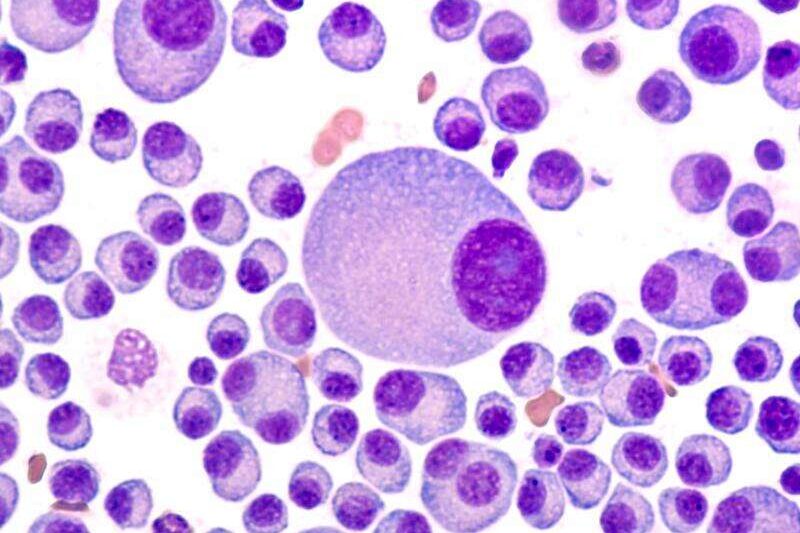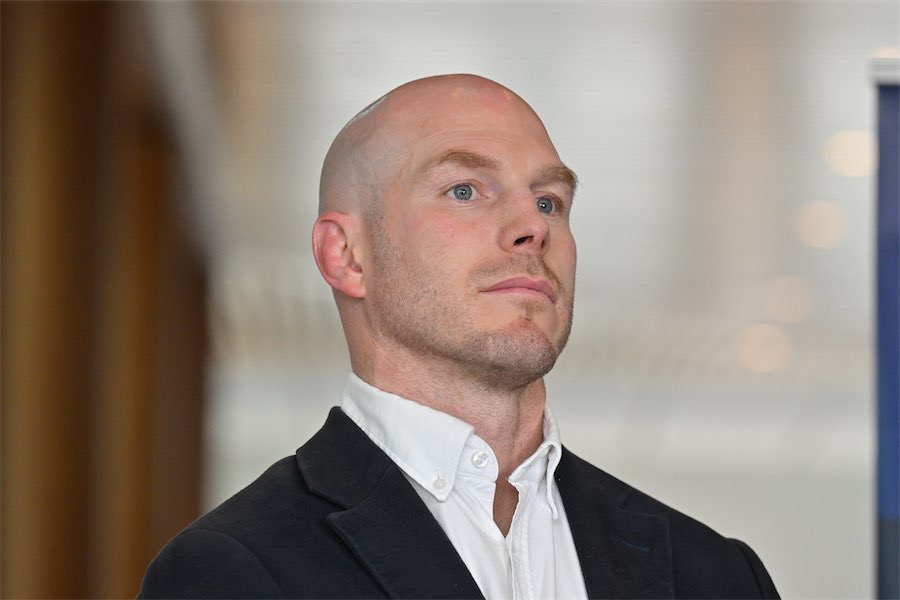
By Katelyn Catanzariti in Sydney
The number of Australians being diagnosed with a complex blood cancer is forecast to rise sharply over the next 25 years, new research shows.
Some 80,000 people will have contracted multiple myeloma by 2043, an increase of nearly 15 per cent on previous predictions.
Mortality rates are projected to fall by about 27.5 per cent, according to a to a study led by the Daffodil Centre in a joint venture between Cancer Council NSW and the University of Sydney.
But, even so, about 28,000 – equivalent to more than one in a thousand of the current population – will die from the disease, the research published in the Medical Journal of Australia found.
Myeloma affects plasma cells found inside bone marrow, which creates antibodies to kill viruses, bacteria and fungi.
When a person has myeloma, the cells do not fulfil their function and crowd the marrow so there is not enough room for new working cells to grow.
Symptoms include fatigue, prolonged infections and unexplained bone aches or bruising, but the signs can be subtle and often go undetected for some time.
The average age for diagnosis is 71.
Most people – 90 per cent, according to Cancer Council Australia – have multiple lesions at the time of diagnosis, which is why it is most commonly referred to as multiple myeloma.
It is a complex cancer to treat and little is known about preventing the disease or identifying people at increased risk, study lead author Associate Professor Eleonora Feletto said.
“The risk of multiple myeloma increases significantly with older age, and Australia’s population is ageing, which would explain part of the gradual increase in number of new diagnoses over time,” Associate Professor Feletto added.
“Although the causes of multiple myeloma are not completely understood, there are some known risk factors, such as family history, radiation exposure and excess body fatness.
“Improved pathology and data collection may also be contributing to the increase, with some cancers now recorded as multiple myeloma that would have previously been missed.”
Multiple myeloma is also one of the costliest cancers to treat per patient, due to the complexity and interaction of multiple treatment regimens, and associated patient care needs, the research showed.
There is no national screening program for myeloma in Australia although simple blood and urine tests can detect the disease.
Cancer Council NSW wants better funding for early detection programs and studies into prevention that look for ways to intervene earlier and improve survival.
“We have opportunities… to strengthen cancer services and make sure people get the best quality care, regardless of where they live,” Anita Dessaix, council director of cancer prevention and advocacy, said.
“The system needs to evolve to meet future needs,” she said in a statement, adding that governments need to review and update clinical guidelines.
Who can be trusted?
In a world of spin and confusion, there’s never been a more important time to support independent journalism in Canberra.
If you trust our work online and want to enforce the power of independent voices, I invite you to make a small contribution.
Every dollar of support is invested back into our journalism to help keep citynews.com.au strong and free.
Thank you,
Ian Meikle, editor





Leave a Reply